Almost everything you throw away on Lanzarote ends up in the heart of the island, at the Environmental Complex located in the volcano of Zonzamas. Each month, 4,000 refuse lorries pass through the white gate to deposit rubbish created by 160,000 residents and the 80,000 tourists who are on the island at any given time. We entered the volcano last month to meet the Cabildo’s Solid Waste councillor, Domingo Cejas.
Every seagull on Lanzarote seems to be watching us as we enter the Zonzamas Environmental Complex. The centre is still called the “vertido” (dump) by many residents, but landfill is just a part of what it does. It’s also a place where the recycling of plastic, paper, glass, wood, garden waste and other materials take place; it is self-sufficient in energy and it is a centre for education and raising awareness.
Domingo Cejas, the Councillor in charge of waste in the Cabildo, meets us at the centre’s Environmental Classroom. He explains that the Cabildo is responsible for much of the recyclable material, but local councils also deal with daily collection of rubbish. Meanwhile, the five Puntos Limpios (recycling points) on the island are where individuals and small businesses can dispose of wood, garden waste, rubble and toxic materials.
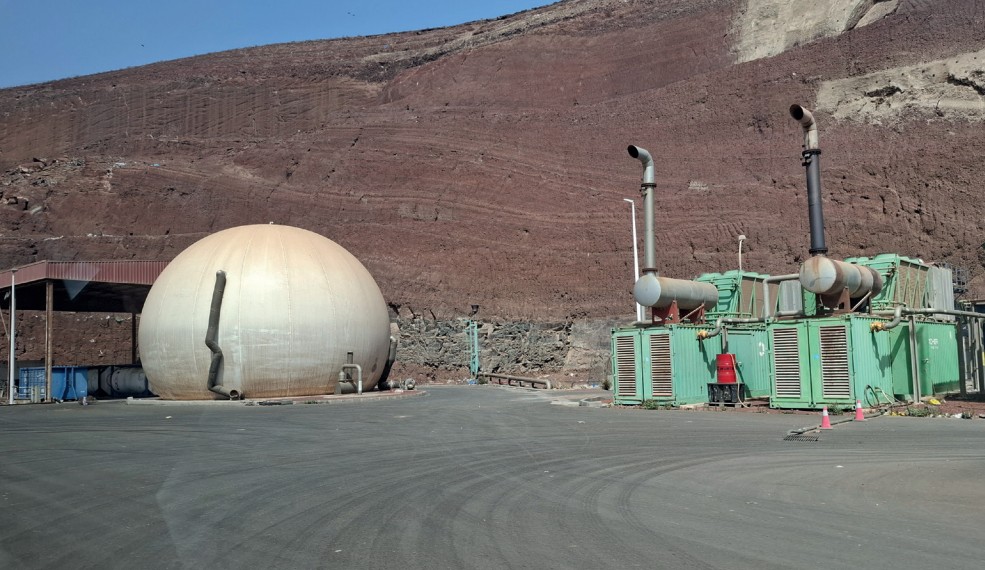
The classification plant at Zonzamas is the first stop for much of the rubbish. “There’s a triage system for the waste that enters the centre,” Cejas tells us, and while glass and paper go one way, household waste and all the items in the plastics containers are separated further by workers in masks and heavy protective gloves.
60% of household waste is recovered, of which 55% is organic waste that is destined for the biomethanization plant or neutralised. Neutralisation involves fermentation, refining and maturing of the material so that it can be deposited in the landfill area safely, but the arrival of new composting plants will soon permit organic waste to be used for agriculture.
The yellow plastic containers produce steel and aluminium from cans, high-density polyethylene (HDPE) from the opaque plastic containers used for cleaning products, dairy produce etc; polyethylene teryophthalate (PET) from transparent water bottles and blister packs, while tetrabriks and plastic wrap are also separated for recycling.
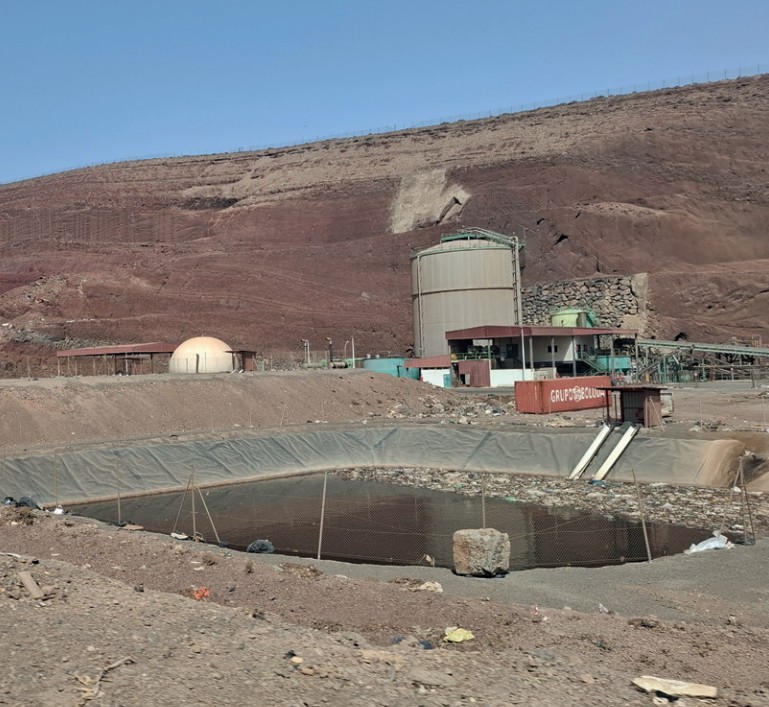
Meanwhile, glass is ground down to a rough powder at the centre while paper and cardboard are sent directly to the port at Puerto de los Marmoles, where a specialised company deals with it.
TO THE HIGHEST BIDDER
Once the waste has been treated like this, it’s sold and sent off the island. Lanzarote does not have the facilities to recycle plastics or glass, but at least 22 companies from Spain and elsewhere in the Canaries bid for the products, and prices fluctuate every few weeks. “Sometimes we’ll hold onto waste waiting for a better price,” says Cejas.
Cejas explains that tourist areas recycle more than the general population and that Lanzarote has one of the best records for glass recycling in Spain, thanks to the organisation in resorts. But he also points out that tourism places huge strain on the island’s infrastructure.
“Hotels and other large consumers must find their own ways of managing waste, and not expect to be subsidised by taxpayers,” he says. This involves contracting waste collection services and taking rubbish directly to the dump, instead of relying on municipal collection services or abusing the Puntos Limpios.
Rumours that recycling does not take place and “everything ends up in the tip” are not unique to Lanzarote- they can be heard from those sceptical of green initiatives anywhere in the world. But Cejas points out that the landfill at Zonzamas is the last resort for material that cannot be recycled, and there are strong economic disincentives for dumping.
These taxes cost the island €8 million in 2023, and Cejas says that this money, which goes to the Canarian Government, should be used to finance further improvements at Zonzamas and “not used for fiestas.”
A project for a composting plant, closely linked to the increased roll-out of brown organic waste containers in the municipalities, is already planned and financed for next year, but Cejas explains that the centre also has a more ambitious €10.5 million project that will be a “pioneer in Spain”, and suggests that the Canarian Government could finance it with the landfill tax yield.
IS THE VOLCANO FULL?
In 2022, 145,000 tons of rubbish entered the centre at Zonzamas. Of this total, just over 100,000 tons were treated, neutralised and ended up in landfill, and 7,000 tons were dumped without treatment.
Matías Spina of waste collection business Urbaser explains that the landfills at Zonzamas consist of two “cells”, one of which remains unused. The current Cell 1 was planned to be used until 2029, but a five-year extension means that it will be the mid-2030s before Cell 2 is brought into use, and at least 30 years before both cells are full.
What then? “We’re sitting on compacted landfill right now,” explains Domingo Cejas, and describes how the centre is simply likely to be rearranged to provide more space.

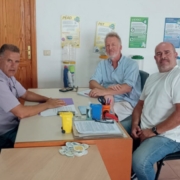
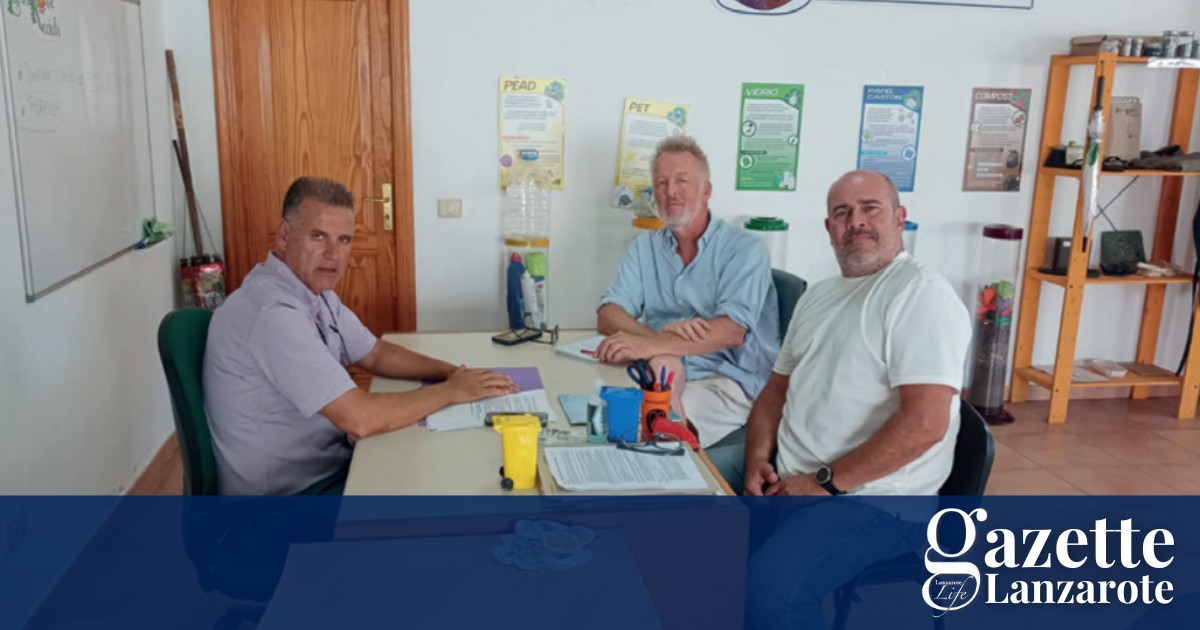
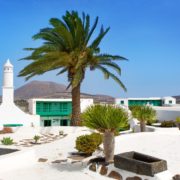
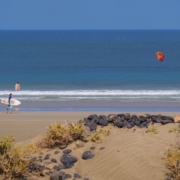
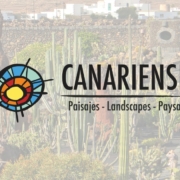





Leave a Reply
Want to join the discussion?Feel free to contribute!